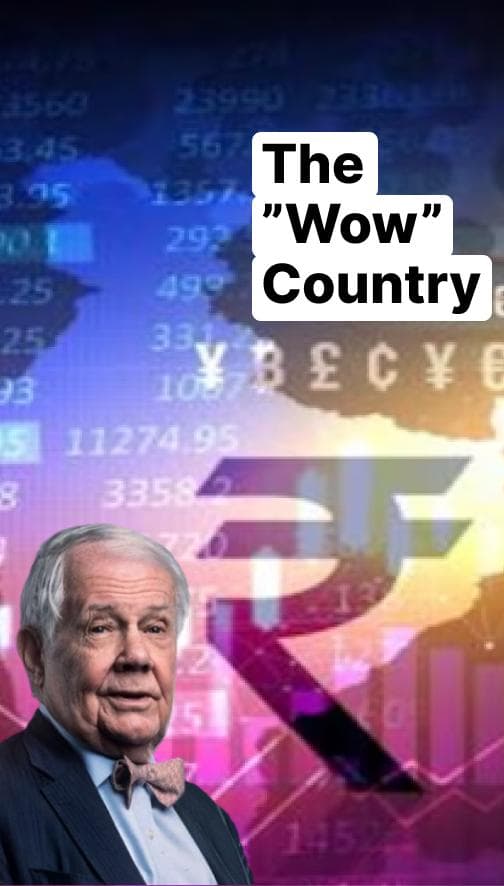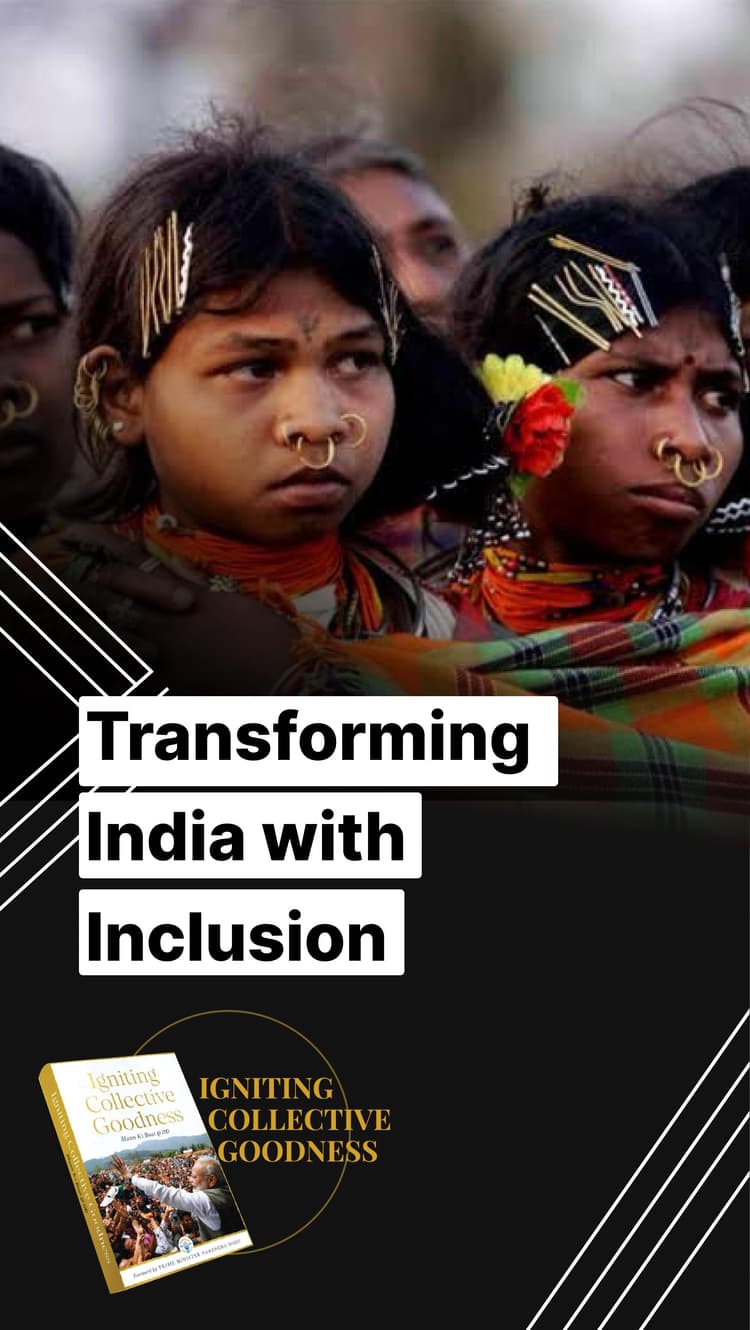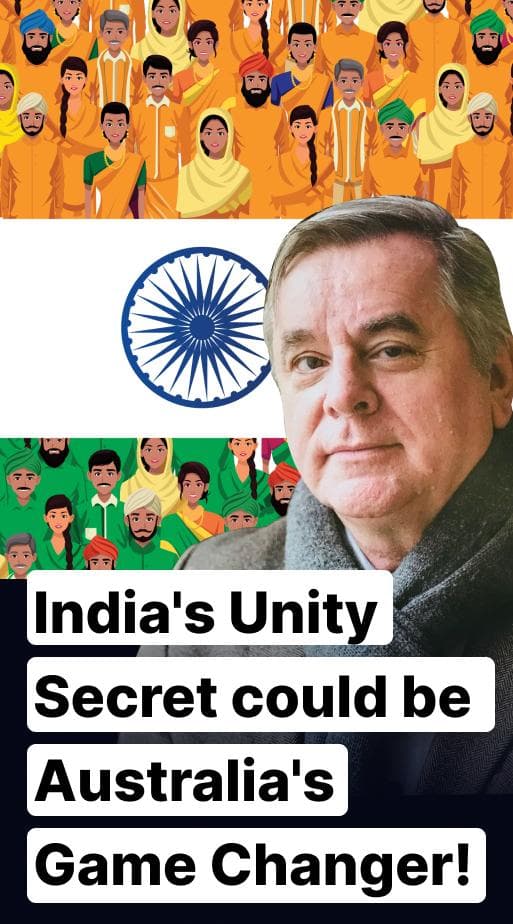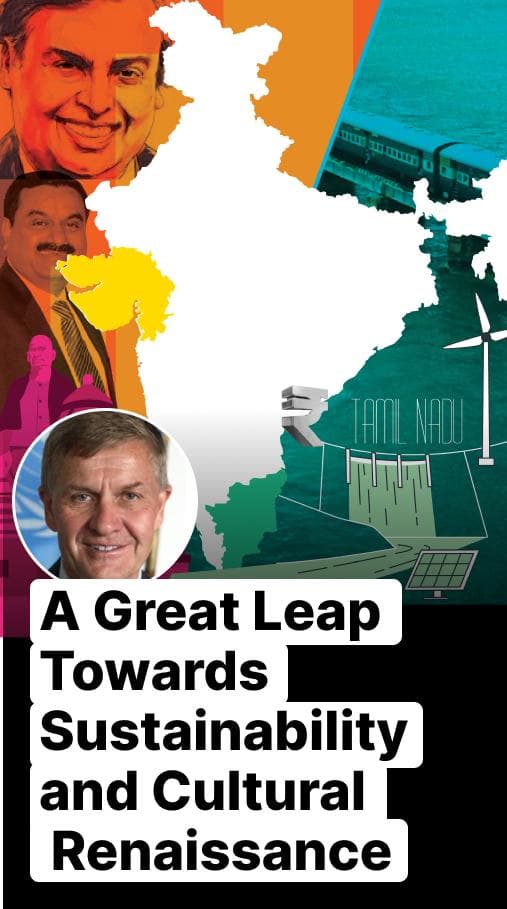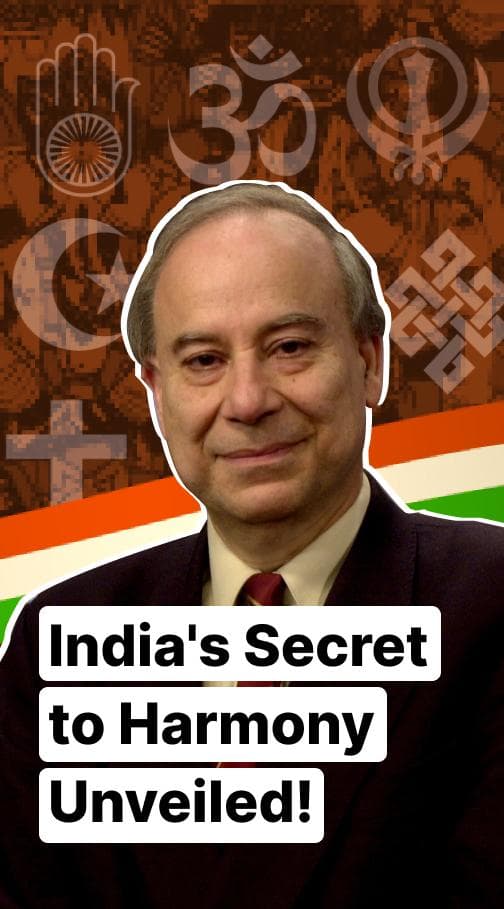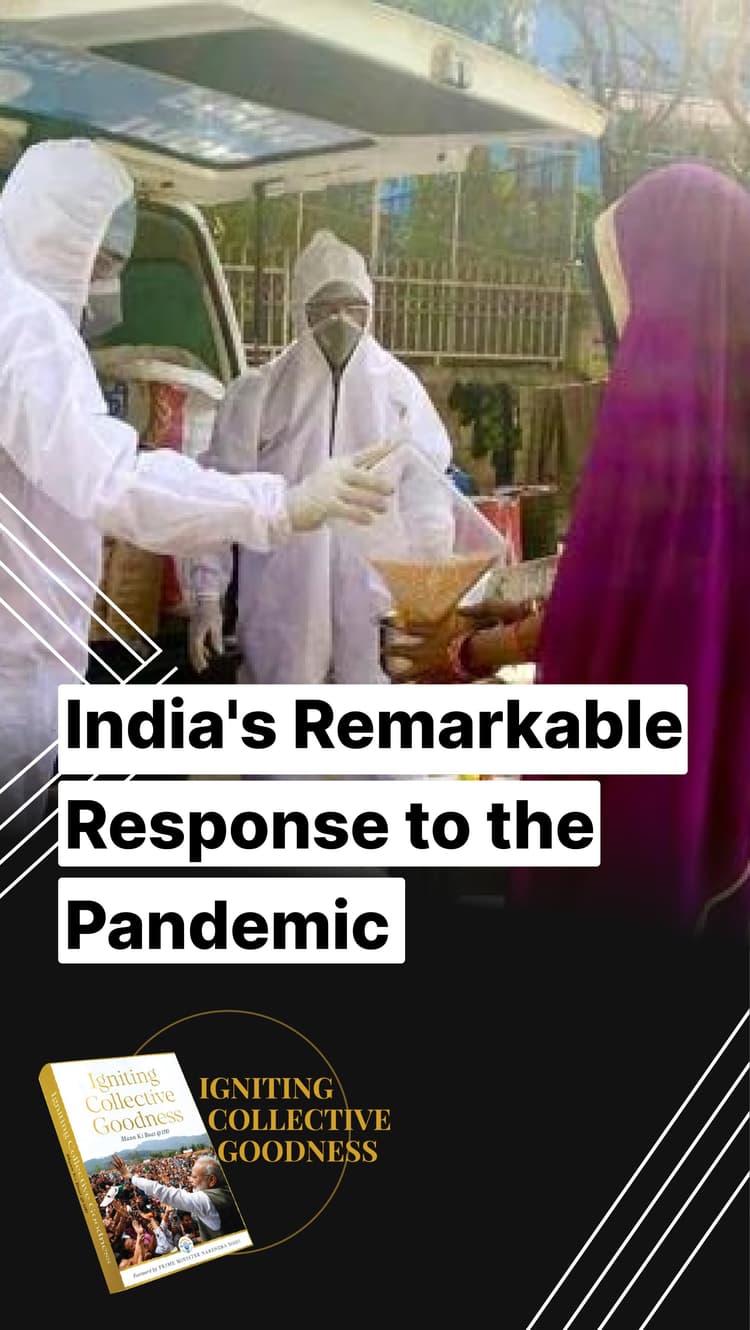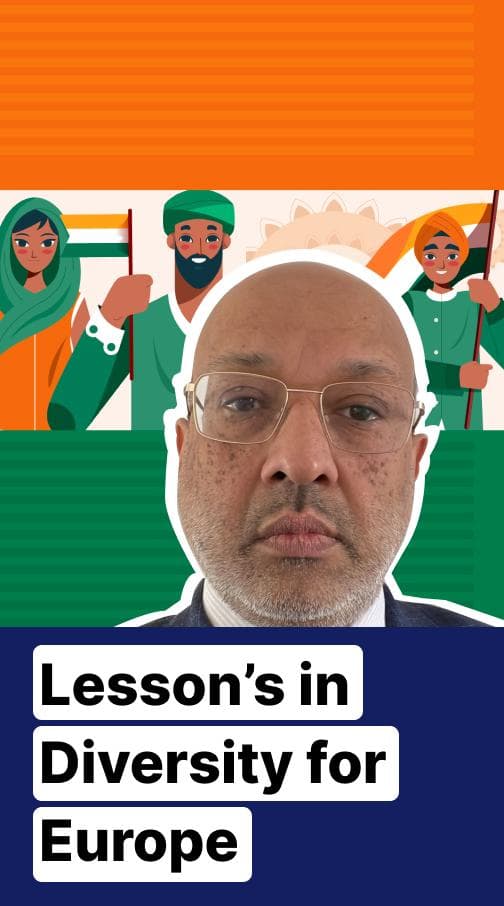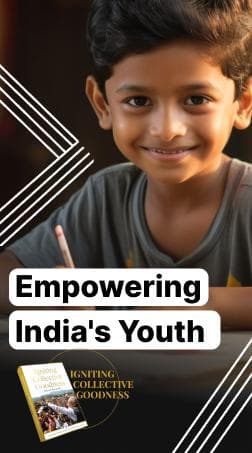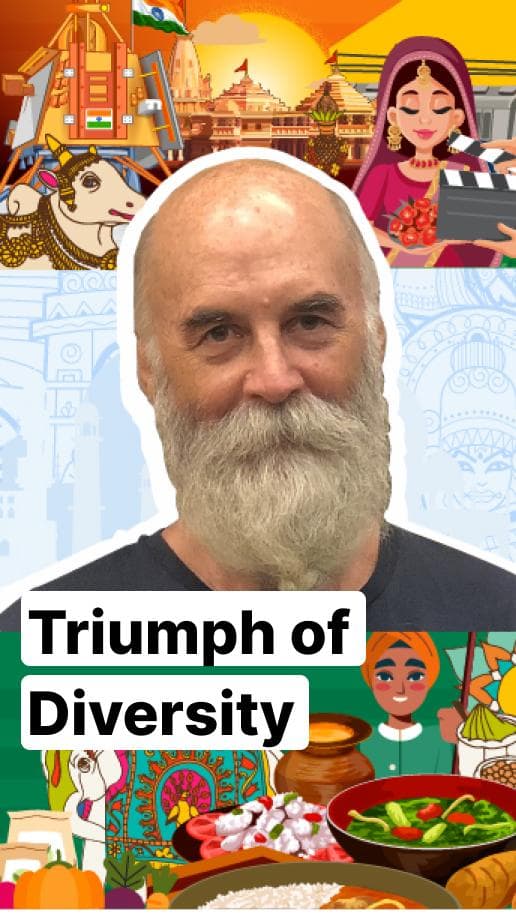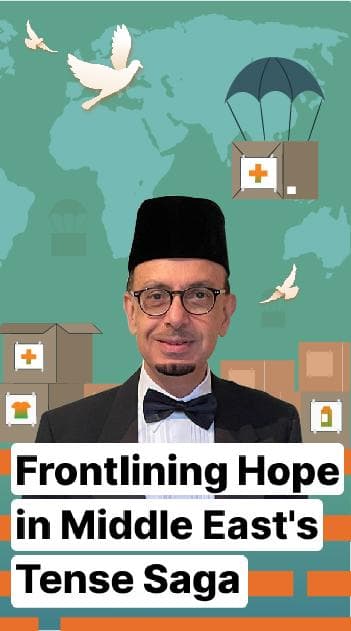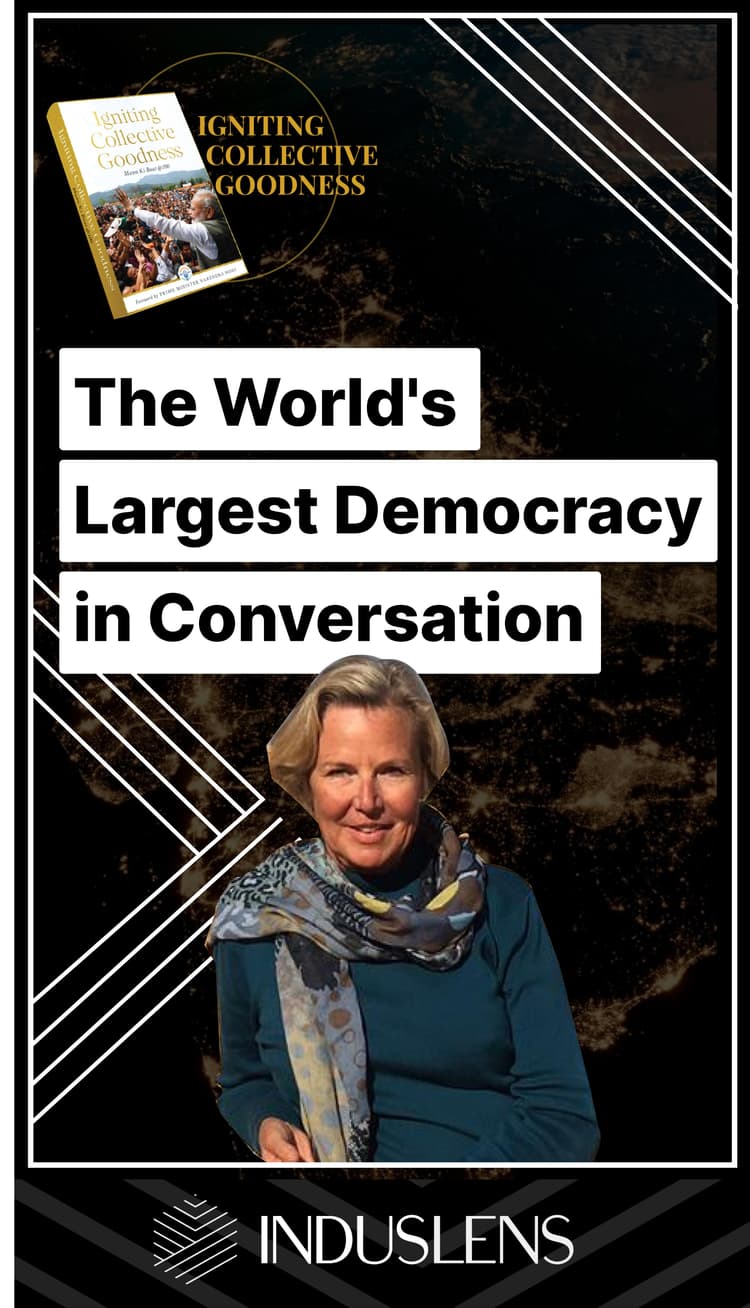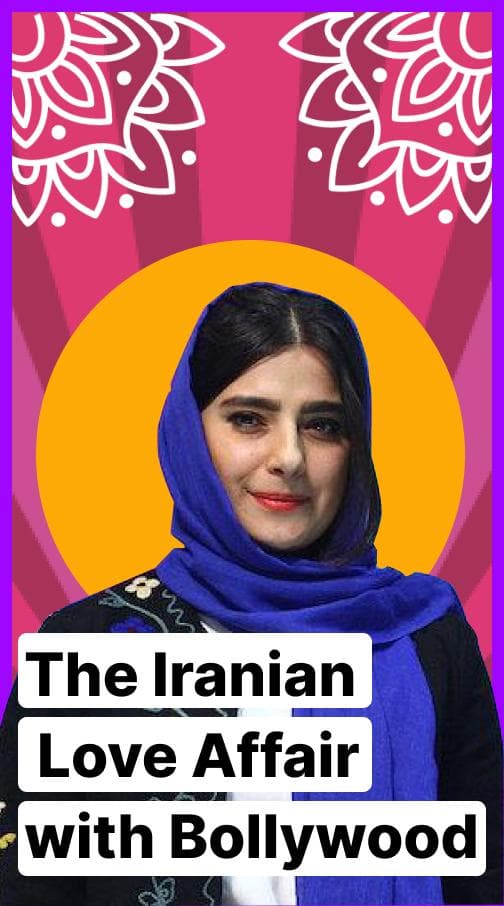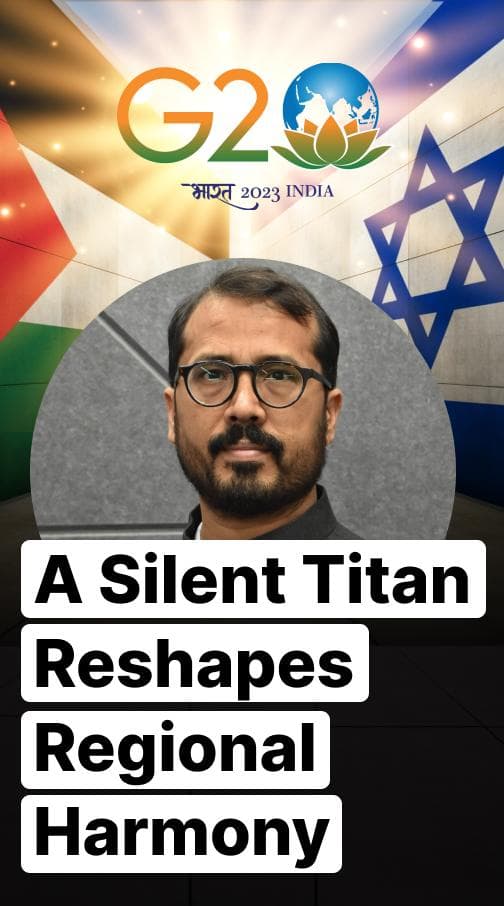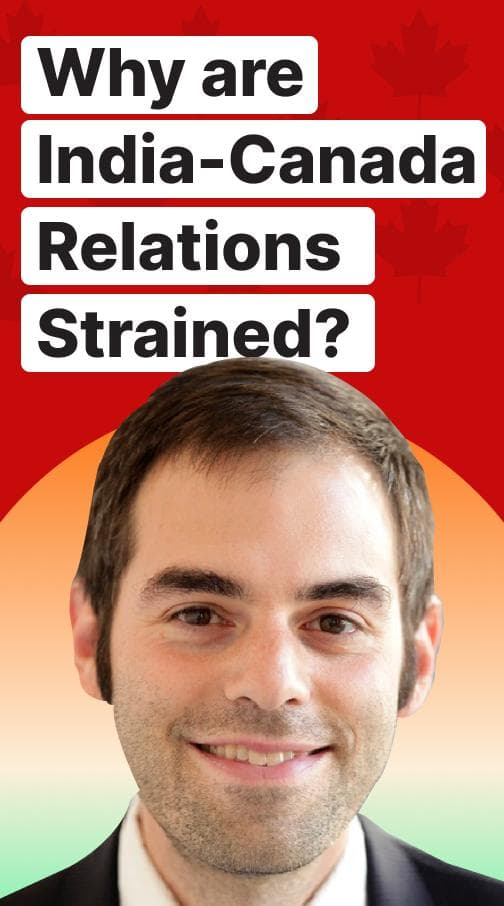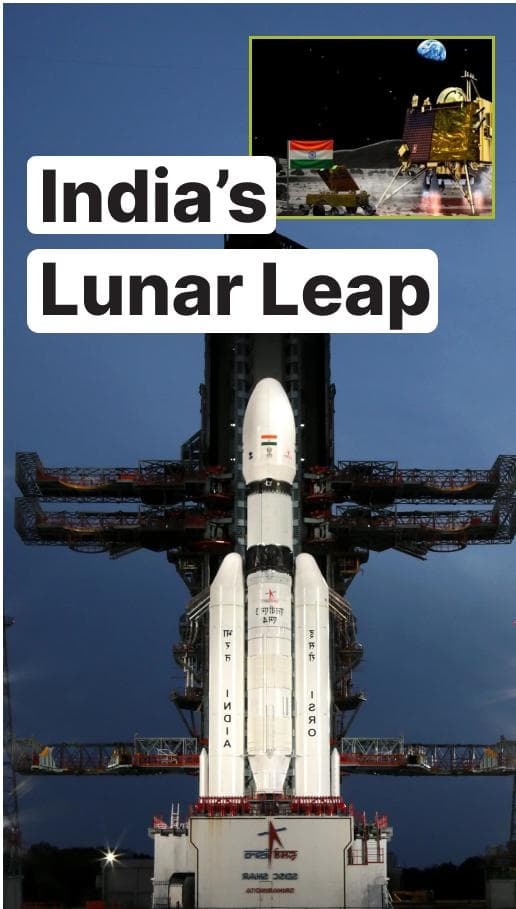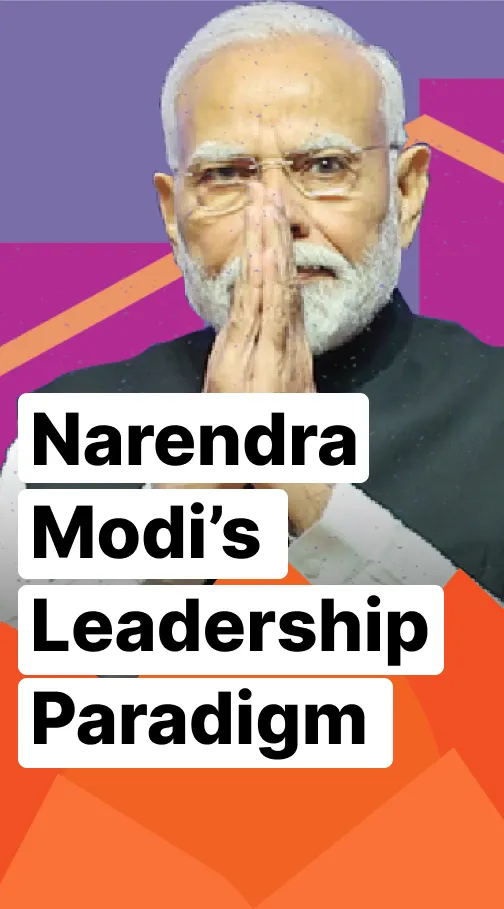Bollywood Dance Taking the World by Storm
A look at how Bollywood dance propelled a British actor's career

Saaj Raja, a British dancer and performer, talking to IndusLens, shares his journey from being a Bollywood dancer outside India to becoming an actor and how the growth of Bollywood and Indian cinema has influenced his career.
Q. Having been born and brought up in England, what brought you closer to Bollywood dancing?
I was born in a household and a family that was already Bollywood-mad and had an affinity with Bollywood. The credit for introducing me to Bollywood goes to my parents. They were deeply involved in our local community, performing at Diwali shows and cultural events. Rehearsals were a constant at our home, and even as a toddler, I'd eagerly try to join in the dance routines. These early experiences laid the foundation for my love for Bollywood.
Back then, Bollywood films weren't shown in our local cinema, so we'd embark on a journey to London, often to Feltham, just to catch a movie. Today, people would be less open to the idea of travelling an hour and a half to go and watch a film, to go and sit for three hours and then come back. But for us, it was a journey, a cherished outing that underscored the significance of Bollywood in our lives.
At the age of four, my dad noticed my growing interest and decided to nurture it. He tied handkerchiefs on my fingers, taught me a routine, and sent me onstage at the Diwali show. I had the time of my life, and that experience became an annual tradition. And, I haven’t stopped since.
Q. How has Bollywood’s growing popularity across the world helped you in your career?
The Indian diaspora has a global presence, especially in the UK, where I've been involved in Bollywood dancing since the age of 14. I danced with groups like 3B and the Bollywood Co, led by Shweta Agarwal and Nalika Bose, respectively. Through these groups and Indian cinema and Bollywood piercing popular culture, I've had the opportunity to perform on prestigious stages, like the Royal Albert Hall during the BBC Proms. One of the most prestigious arts events on the British calendar, BBC Proms had a special evening dedicated to the late Indian singer Lata Mangeshkar, wherein Bollywood Co made history by becoming the first-ever dance group to perform at the event usually made for singers and musicians.
Bollywood's influence extends beyond dance, with South Asian and Indian representation growing in mainstream media. We recently saw South Asian superheroes in Marvel films, a Bollywood dance sequence in the movie Eternals, and Bhangra being performed in the London 2012 Olympics opening ceremony, reflecting the growing prominence of Indian dance and music abroad.
Bollywood's impact is not limited to those of Indian descent; it has a broad appeal, as evidenced by the diverse backgrounds of dancers in the Bollywood Co. Meeting audiences worldwide, I've witnessed a deep appreciation for Indian music and art, transcending national boundaries. The increased screenings of Indian cinema worldwide reiterates this trend. It has truly shaped my career in the UK, where people from various cultures have embraced Bollywood's charm and energy.
Q. What is it about Indian dance or music that attracts people from outside?
The dance culture of India is incredibly vibrant and the music’s energy is infectious. I find myself fortunate to be able to be a part of this around the world. Despite not always being my main profession, I worked in banking and finance before transitioning to full-time performing about four or five years ago. When I moved to Hong Kong, I set up my own Bollywood dance company called Bollywood on Hollywood, teaching Bollywood dance to a diverse group of students, mostly expats and locals, with a few Indians. We also conducted team-building and corporate workshops, where people loved the energy and colours of Bollywood cinema and Indian culture.
Through diaspora and social media, Indian weddings have become particularly popular. Known for its multi-day festivities filled with food, colours, dance, and music, the culture keeps attracting people with its vibrancy, especially in contrast to the greyness of London's weather.
Indian festivals are another highlight wherein music and dance are a big part. Celebrations like Ras Garba, Holi, and Ramleela, are always being a spectacle. For example, in Leicester, known for one of the largest Gujarati populations outside India, they close the street called Melton Road for Diwali celebrations. Last year, New York recognised Diwali as a public holiday, showcasing the impact of Indian culture and its diaspora on an international scale.
Q. India's classical dance forms are celebrated worldwide for their style, grace, colourful attire, jewellery, and storytelling. Which classical dance forms do you find most popular outside India, and how do you think they help audiences understand India's rich history and culture?
The art forms of Bharatanatyam and Kathak have transcended borders, particularly to the US and UK. I recently watched a video of Bharatanatyam dancers from Hybrid Bharat fusing a hip-hop song with their traditional moves. While some felt it compromised the purity of the art, others appreciated the celebration of their classical form within their American Indian experiences, given hip hop's cultural significance. Moving to more traditional forms, Kathak is also making waves. In London and even in smaller towns like Crawley, one can find classes for Bharatanatyam and Kathak, highlighting their growing popularity. During the BBC Bollywood at the Proms event at the Royal Albert Hall, renowned Kathak dancer Saloni Saraf performed the iconic Pakeezah piece, showcasing the continued relevance of these dance forms. These dance forms remain relevant and popular today, despite their traditional roots, because they communicate beautifully through gestures, expressions, and storytelling. The art form is not fading away; younger generations are actively learning and performing these styles on major stages, ensuring their continuation and evolution. Even in modern cinema, such as in the British-South Asian film "Polite Society," two young British Indian girls reenact one of the songs from Devdas, showcasing how classical elements of dance are being revived and reimagined. It also demonstrates the enduring impact of Indian cinema on these art forms.
Q. India's 2000-year theatre history includes the Natya Shastra and Rasas theory. And, the passion remains strong amongst artists today as well. With actors like Girish Karnad and Naseeruddin Shah excelling internationally, can India expand its theatre presence alongside its cinema dominance?
India has a rich theatre tradition that has produced world-renowned actors. Some of the finest actors in Hindi cinema, like those from my recent film "A Game of Two Halves," have roots in theatre. Ibrahim Al-Qazi, who ran the National School of Drama and Living Theatre Academy of Drama in India, influenced actors like Naseeruddin Shah and Om Puri, showcasing the deep impact of theatre in India. With roots in centuries-old traditions like the Natya Shastra, Nataraj’s and Shiva’s cosmic dance, Rasas and pastimes of Krishna in Vrindavan, Indian theatre has a strong heritage.
Given the heritage and culture of theatre and plays, I believe India has the potential to make a significant impact in theatre, but it depends on the public's interest and appetite. In London, theatre is becoming less inclusive due to soaring ticket prices, with seats in prime areas costing up to £150. However, South Asian and Indian stories are gaining recognition, with productions like “Bombay Dreams” by Andrew Lloyd, and "The Father and the Assassin" by Anupama Chandrasekhar, directed by Indu Rubasingam, being well-received at the National Theatre. There is a growing interest in South Asian and Indian theatre, both in London and globally, presenting an exciting opportunity for the future.
Q. Let's discuss your upcoming movie, "A Game of Two Halves," where you play an Indian-British character. Reports mention that part of the movie is set in Hyderabad. Could you share your experience shooting there and filming the movie overall?
My experience filming "A Game of Two Halves" was incredible, especially since it was my first feature film and I have just started my acting career full-time. We spent a month filming in Hyderabad at Ramoji Film City, the largest film studio in the world. Living on the studio plot was a unique experience in itself. The collaborative process was amazing, especially working with the local Indian crew who were so diligent and on point.
One thing I loved was the morning puja done to the camera, calling on a higher power for inspiration, which created a special atmosphere on set. Our director, Khayam Khan, has personal roots in Hyderabad, making the film very meaningful to him, and it was incredible to be a part of that narrative. Working with actors like Pavan Chopra, Swaroopa Ghosh, and Harish Khanna was a privilege, as they took me under their wings and taught me a lot.
I even had a day on a Bollywood film, sharing a scene with Pavan Chopra, which was a cool surprise. Witnessing the scale of Ramoji Film City, where films like "Bahubali" were shot, and knowing that Akshay Kumar was filming nearby added to the excitement. Overall, it was a fantastic experience, and I would love to come back to India for more film projects.

Saaj Raja 🇬🇧
Deep Dive
Show me your thumka: Iconic Bollywood dance moves like the "thumka," "jhatka," and "matkas" have transcended borders and gained recognition in the global dance lexicon.
Acute storytelling: Each movement in Indian classical dance forms, whether it be movement of hand, foot, or eyes is a way of communicating with the audience
Why so Popular?: There is no limit to the imagination when it comes to Indian dances


